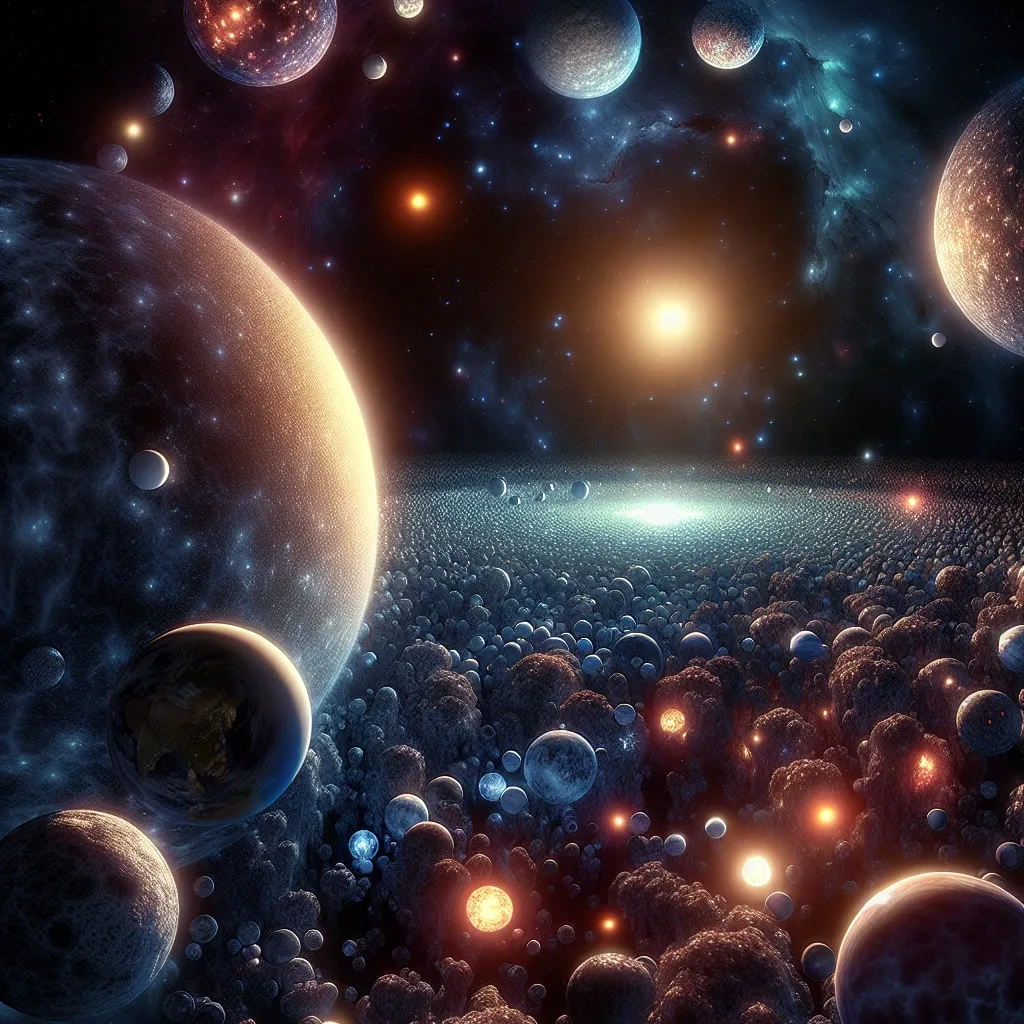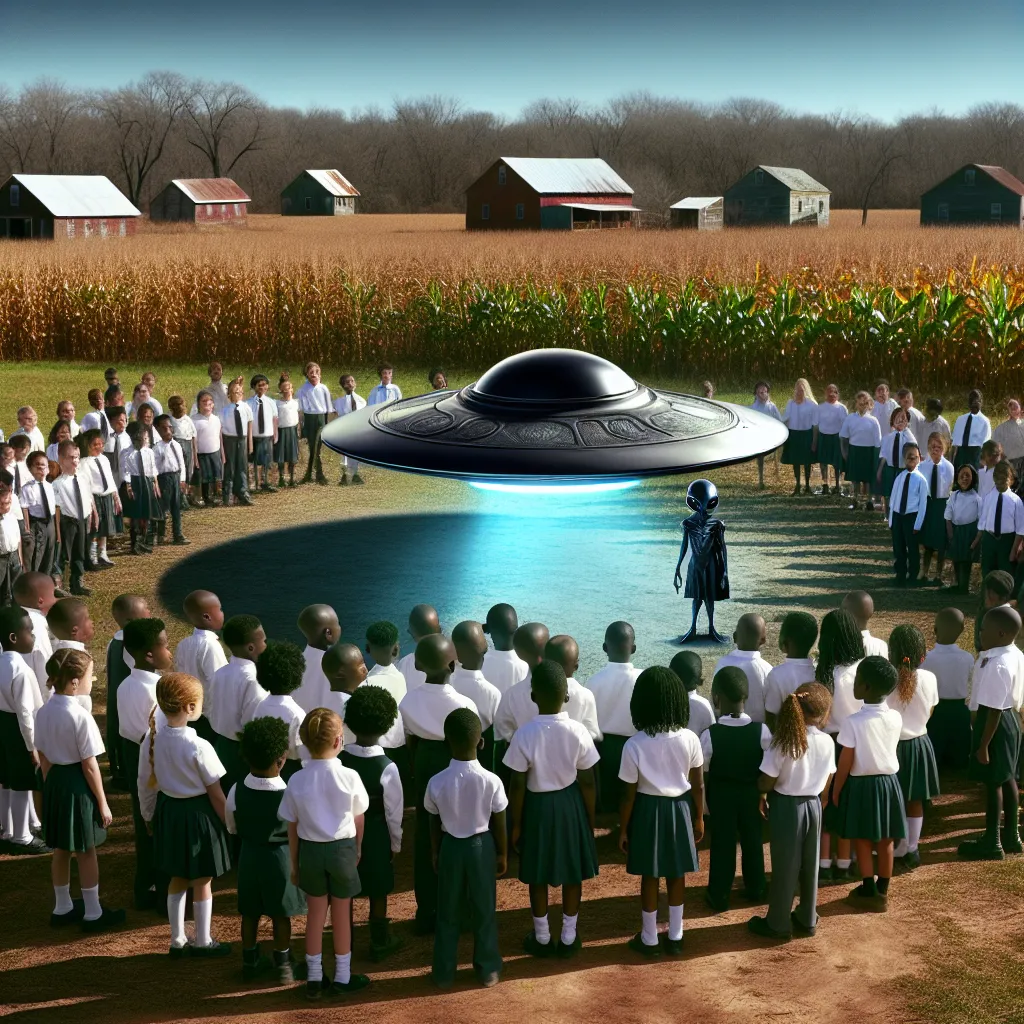Humans need energy to survive, and as long as we have it, we can keep going. But the universe is headed for a slow death over billions of years. Stars like our Sun will eventually burn out. However, there might be a final refuge for humanity: white dwarfs, the remnants of dead stars.
Stars vary in lifespan based on their size. Massive stars burn fiercely and die in supernovae, but that’s rare. Most stars, about 97%, will end their lives as white dwarfs. Small stars, or red dwarfs, burn out slowly over trillions of years and turn into white dwarfs quietly.
Our Sun, a medium-sized star, has an interesting fate. It powers itself by converting hydrogen into helium through fusion. Once it runs out of hydrogen, the Sun will start burning helium and other elements, shedding its outer layers in a spectacular display, leaving behind a white dwarf. This white dwarf will be about the size of Earth but extremely dense, with gravity so strong that landing on it would crush you instantly.
While life around a white dwarf seems unlikely, it’s not impossible. These stars were once active and probably had planets, but they’re now ruins. A planet would need to orbit very close to a white dwarf to maintain liquid water. Despite being small, white dwarfs are incredibly stable, and if we find one with the right conditions, it could become a new home.
White dwarfs shine longer than any other stars because they are extremely hot, up to 40 times hotter than our Sun. Their heat escapes slowly, making them potential last beacons of light in a fading universe. White dwarfs could continue to shine for trillions of years, serving as a final refuge before eventually becoming black dwarfs.
Black dwarfs will be cold, dark remnants with no energy left. They will be scattered across the universe, marking the final phase known as heat death – a time when the universe becomes a dark, cold graveyard.
We don’t know the final fate of black dwarfs. If protons, the building blocks of atoms, have a short lifespan, black dwarfs will eventually evaporate. If not, they might transform into dense spheres of ions over an incomprehensible timespan, traveling alone in the darkness forever.
While this might sound gloomy, it’s so far in the future that it hardly matters to us. Right now, we live in an extraordinary time filled with light and potential. We can marvel at the universe and maybe even explore its wonders one day.






